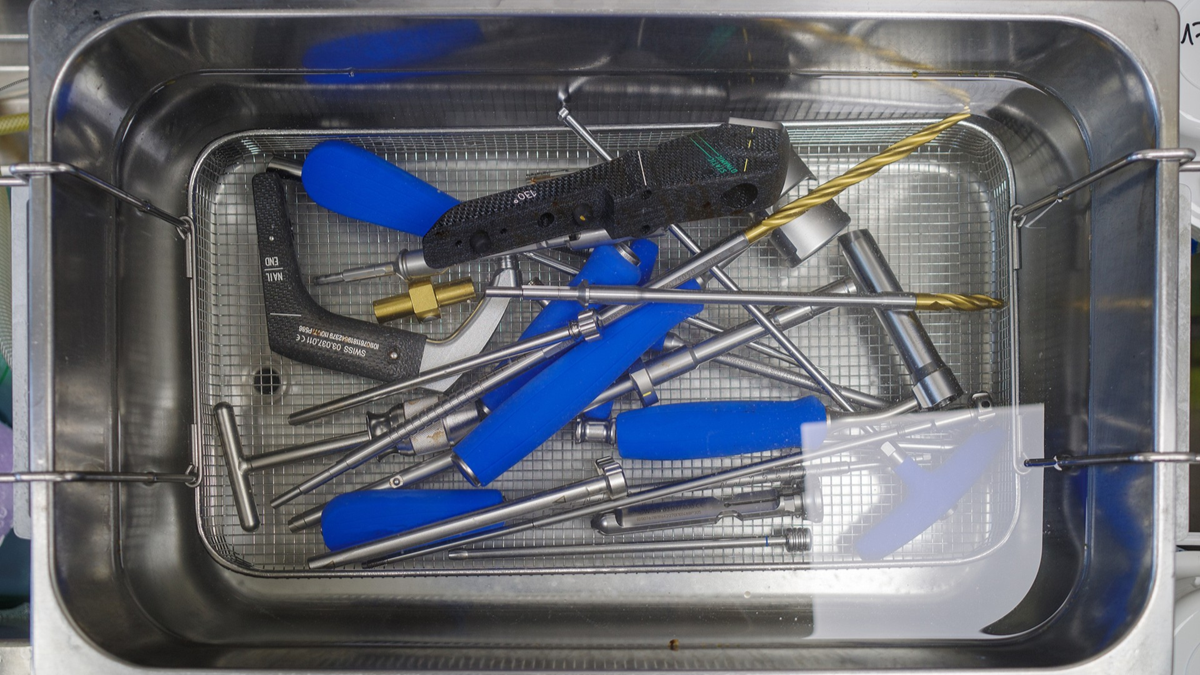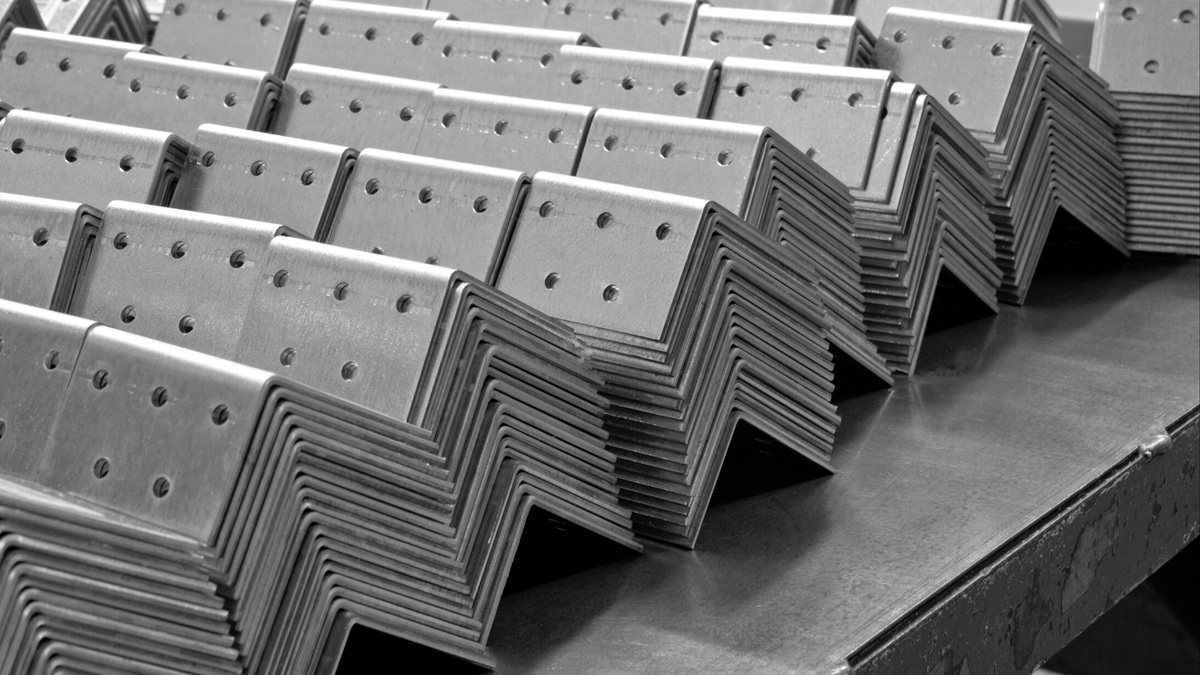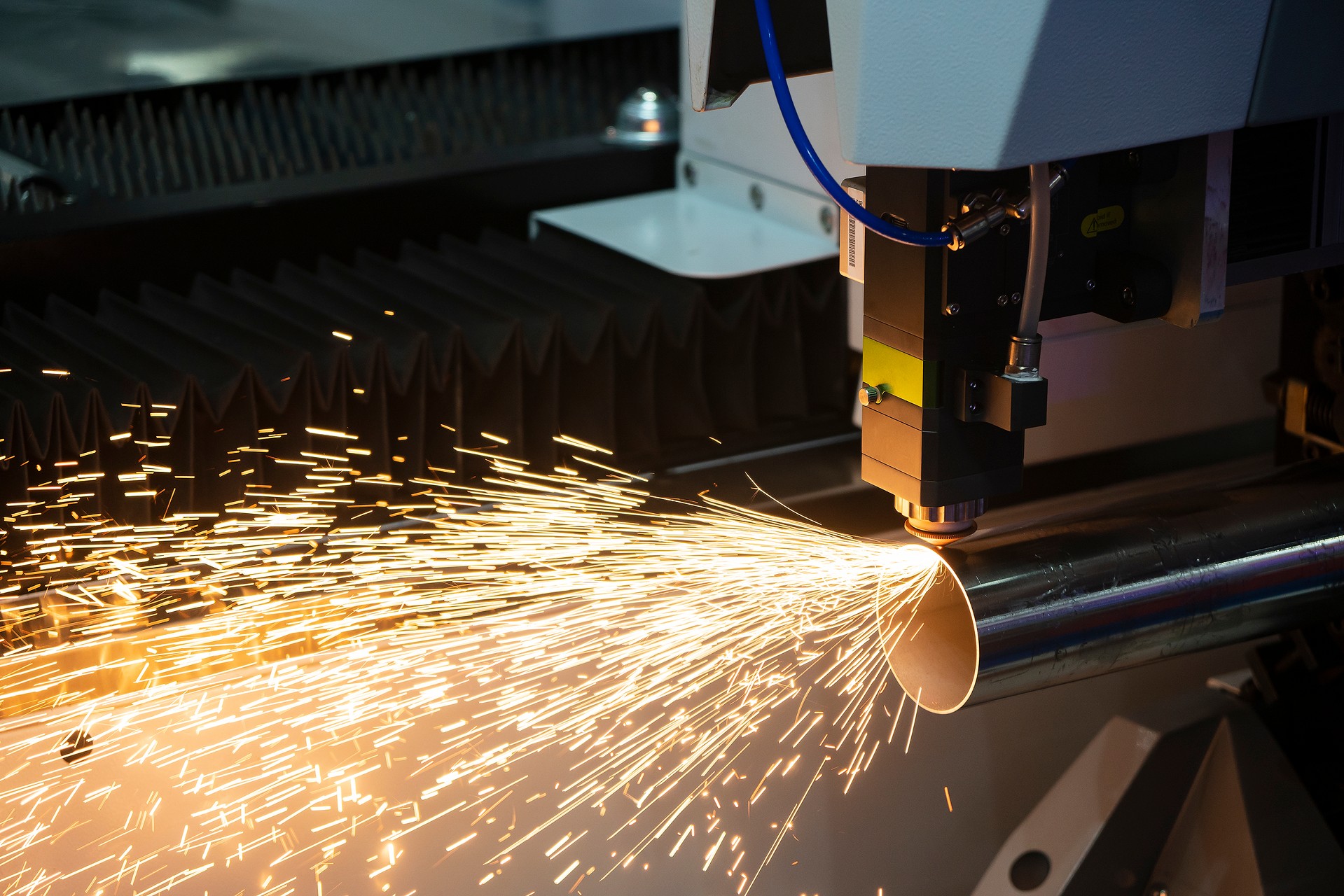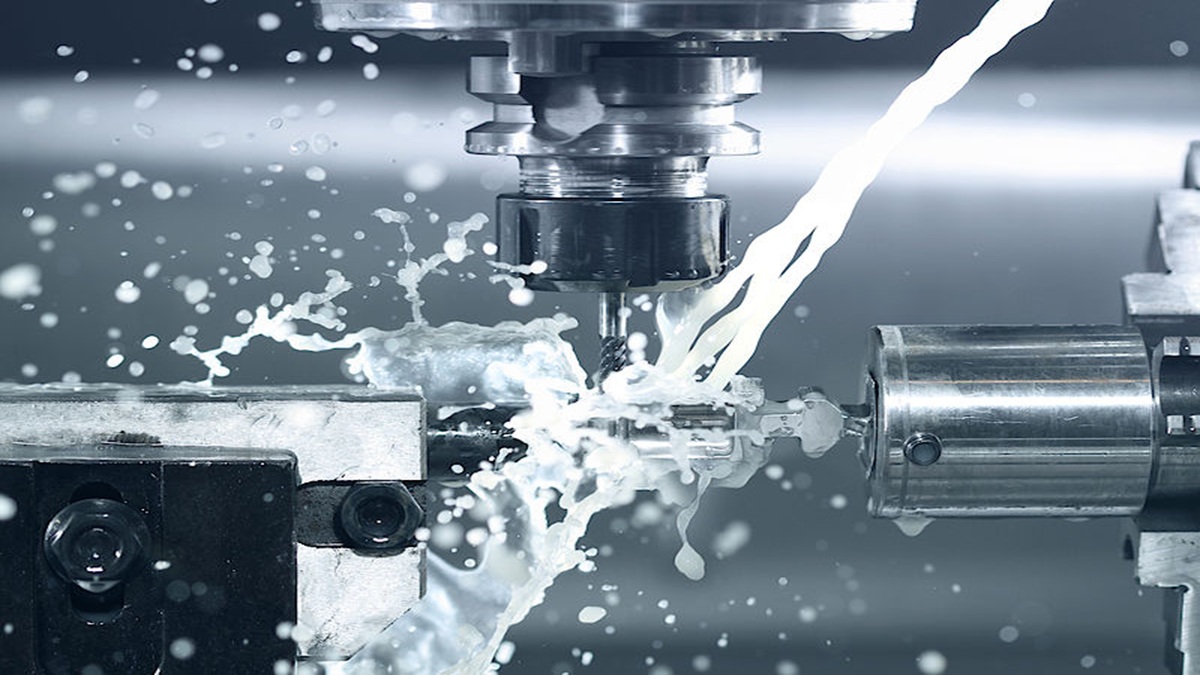Industrial process engineers are increasingly adopting seal-less magnetic drive pumps to enhance system safety and reliability. Unlike traditional pumps that rely on mechanical seals, magnetic drive pumps offer a fully enclosed structure that eliminates leakage risks—a major advantage when dealing with corrosive or toxic liquids.
How Do Magnetic Drive Pumps Work?
Instead of a physical connection between the motor and the impeller, these pumps use magnetic coupling. The outer magnet drives the inner magnet through a containment shell, transferring torque without direct contact. This simple yet innovative mechanism allows the pump to operate completely leak-free.
Advantages
| Advantage |
Explanation |
| No Leakage |
Prevents environmental contamination and loss of costly chemicals |
| Reduced Maintenance |
No mechanical seal means fewer failure points |
| Energy Efficiency |
Lower friction losses improve efficiency |
| Chemical Resistance |
Suitable for acids, solvents, and alkalis |
| Safety Compliance |
Meets stricter industry safety and emission standards |
These characteristics make magnetic drive pumps a preferred solution for chemical, semiconductor, and pharmaceutical industries.
Disadvantages
Despite their benefits, some operational constraints exist:
- Limited to clean, particle-free fluids
- Magnets can demagnetize at extreme temperatures
- More complex to repair compared to standard pumps
- Initial cost may be higher, but operational savings often offset this
Top Manufacturers in the Magnetic Drive Pump Industry
| Manufacturer |
Origin |
Specialization |
|
ASSOMA INC.
|
Taiwan |
Expert in plastic magnetic drive pumps for chemical and wastewater use |
| Texel Co., Ltd. |
Japan |
Focuses on compact and high-efficiency magnetic drive systems |
| Viking Pump, Inc. |
USA |
Known for positive displacement and magnetic drive technologies |
| Klaus Union GmbH |
Germany |
Offers sealless magnetic drive pumps for petrochemical applications |
| Magnatex Pumps, Inc. |
USA |
Provides stainless steel magnetic drive pumps for process industries |
Each company brings unique strengths—ranging from chemical resistance to high-pressure system design—demonstrating the global technological diversity of this market.
Industrial Applications and Market Trend
The adoption of seal-less technology is rapidly expanding, particularly in regions enforcing stricter environmental and safety standards.
According to Research and Markets, the sealless pump market is projected to grow significantly due to increasing demand in electronics manufacturing and green chemical processing.
These diverse applications underline the flexibility and performance of magnetic drive pump systems.
| Sector |
Use Case Example |
| Chemical |
Acid circulation systems |
| Semiconductor |
Wet bench process |
| Food & Beverage |
CIP (clean-in-place) fluid transfer |
| Pharmaceutical |
Solvent recovery systems |
Final Thoughts
Seal-less magnetic drive pumps are transforming industrial fluid management through safer, cleaner, and more efficient designs. While the initial investment may be higher, the long-term reliability and zero-leak benefits often justify the cost.
For companies evaluating pump upgrades or replacements, considering a magnetic drive solution is a forward-thinking choice aligned with modern sustainability and safety goals.


.png)










